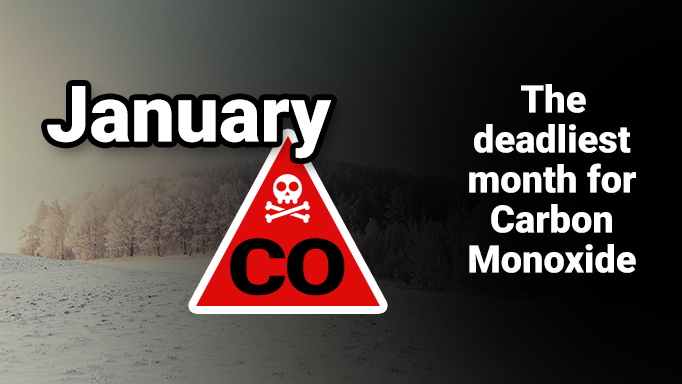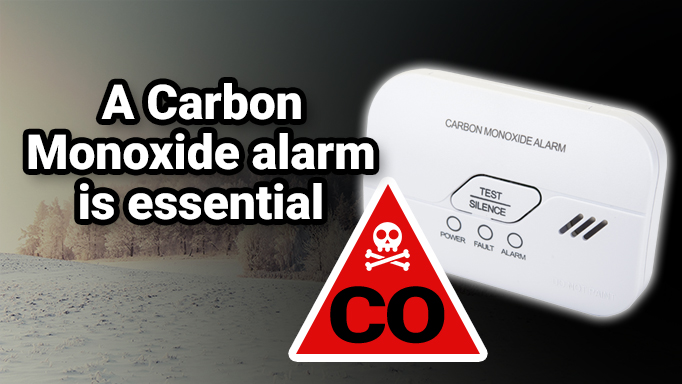Carbon Monoxide – The New Year Peril

The TV broadcaster Kjct8 of Grand Junction Colorado has issued a timely warning that “January is the deadliest month for carbon monoxide poisoning.” Citing the chilling statistic that 430 people a year die of accidental CO poisoning in the US, it offers some sound advice such as the importance of having a carbon monoxide alarm on every floor of the house. It also stresses the need for alarms close to where people are sleeping.
This concurs with a study by the Federal Centers of Disease Control and Prevention study, which shows that the average daily US death rate from CO poisoning for January is three times the levels recorded for July and August. It explains that it is understandable that the winter months are more hazardous in this respect, because of the use of heating systems and sometimes alternative and risky heat and power sources such as charcoal briquettes and propane stoves during power outages.
Where the risks can be
The Small Business Trends website, emphasising the need for businesses to protect their employees against the risks of carbon monoxide, says that the main sources of CO poisoning in the US are:
- Engine driven tools (42%)
- Heating systems (34%)
- Consumer products (19%)
- Other multiple products (7%)
It also cites a Safewise report showing the levels of CO poisoning between States, with the most deaths per thousand people taking place in Wyoming and the fewest in California. This can be explained by the cold winters experienced by Wyoming and other high risk States such as Nebraska and Alaska.
Recognize the Symptons
It is absolutely vital to know the symptoms of poisoning and to act on them immediately. It is worth taking time to look at the Carbon Monoxide Facts section of this website to know what they are.
As Rebecca Edwards, who wrote the Safewise report commented: “This is one of the most preventable tragedies there is. Regardless of your state’s track record for CO poisoning incidents, there is plenty you can do to minimize (if not eliminate) your chances of falling victim to this covert killer. Know the signs and symptoms, and follow good practices to keep you and yours out of harm’s way. And, for goodness’ sake, run out and get a CO detector if you don’t already have one.”
We would suggest however that in most cases it would be better to purchase more than just one CO detector. There’s safety in numbers!





Leave a Reply